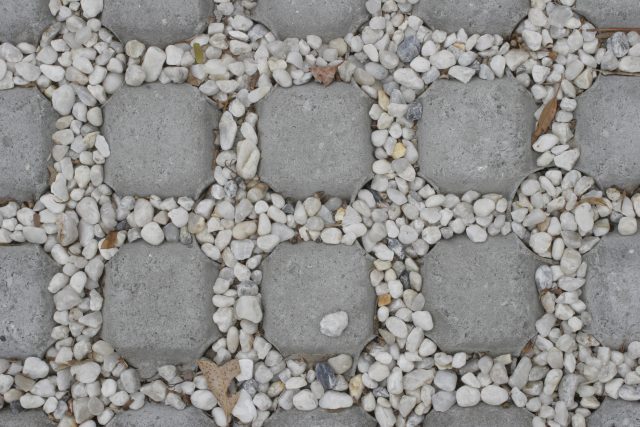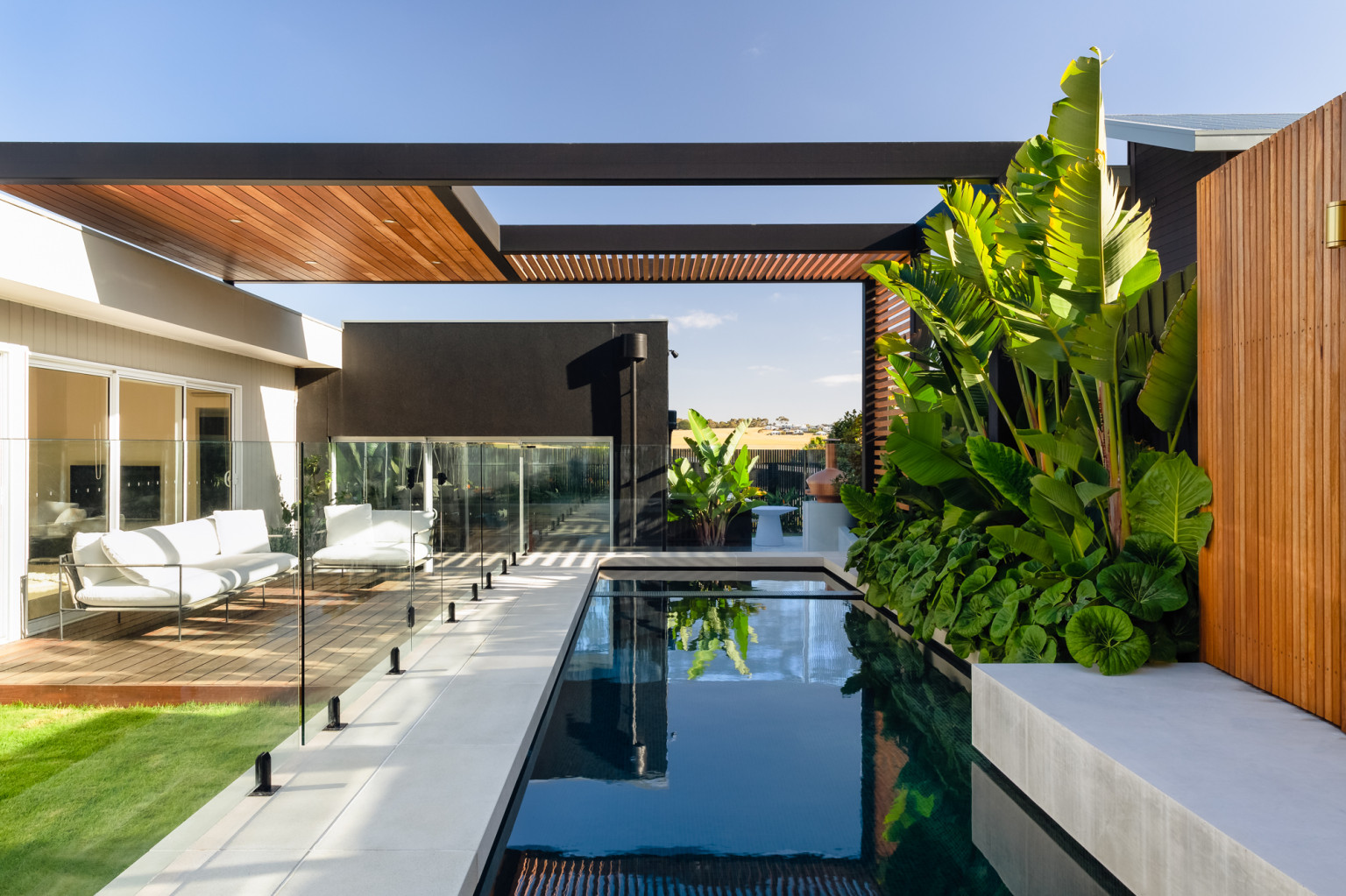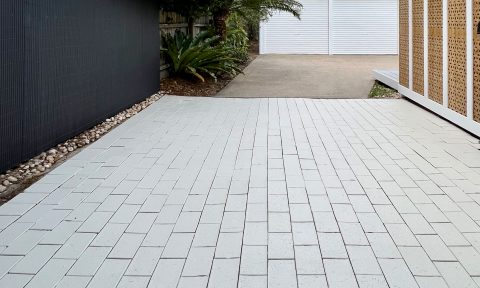Creating sustainable homes is rapidly becoming central to design and architectural considerations as we continue to integrate new and innovative ways to minimise our impact on the environment.

Regardless of whether you are starting a new build or simply renovating, sustainable design can be implemented at any phase of a project. From planning the home’s orientation or choosing green wall solutions in the early phases to installing new paving or a water tank later on – anyone can create an eco-friendly home or space that best suits them, the key is choosing the right sustainable materials.

“There are numerous reasons why homeowners are looking to create sustainable homes,” says Jason Hodges, landscape expert and Adbri Masonry ambassador. “The most common reason is for better energy consumption, meaning lower running costs and more money in your back pocket. Other drawcards include a desire to reduce the environmental footprint and increased property values, with sustainable homes often having a higher resale price.”
Often, when thinking of designing an eco-friendly home we tend to focus on the interior elements or structural and architectural concerns. However, landscaping solutions are also a great option when looking to integrate innovative green systems. Eco-friendly landscaping designs also double up as aesthetic and functional spaces that can be created to complement the look and feel of the entire home.
The ability to achieve a sustainable home that doesn’t compromise on style lies in the materials chosen. A key material in the outdoor and landscaping market is permeable paving. Permeable paving can greatly enhance the curb appeal of a home and create functional and lovely garden paths, walkways and driveways. “The benefits of using permeable paving such as Adbri Masonry’s Turfgrid are endless and it’s a landscape design solution that should be utilised more,” says Jason.

Permeable paving is a pavement system comprising purpose-designed paving units and specially graded base materials to allow water to move freely through the base, or be stored within the pavement. As more land is developed and covered with impervious surfaces, our stormwater and river systems are under increasing pressure to manage the high volumes of surface run-off which enters them. This increases the potential for downstream flooding and erosion. As an alternative to conventional paving, permeable paving systems encourage water to infiltrate through the pavement surface and substructure to the ground below, easing the pressure on these already overburdened systems.
“Not only does it function as a usable design element, but permeable paving also reduces surface run-off assisting with localised flooding, serves as both a mechanical and biological filtration for the environment and can be used to harvest water, using a submersible pump which converts rainwater into grey water and irrigation for the home,” says Jason. Adding permeable paving to an area that is otherwise water clogged and muddy from flooding can transform the space entirely, both operationally and from a design perspective.

To design a stylish and sustainable backyard space, the key is to focus on colour, texture and pattern when selecting materials. “Available in a charcoal colour, Turfgrid is ideal for a darker theme. Think textured charcoal design elements and pavers, perfect for creating either a moody aesthetic or recreating a Balinese-like garden. Include a collection of greens or reds through the planting scheme to add a pop of colour and interest to the outdoor space, completing the look,” says Jason.
Adbri Masonry’s Turfgrid requires crushed gravel or river stones to be placed in between the pavers, allowing homeowners to play with colour and design by adding a light, neutral tone, a black stone for a block effect or a pop of colour.
These easy-to-install permeable pavers also maintain an even ground level, whilst stabilising land and allowing water to filtrate through the surface layer.










